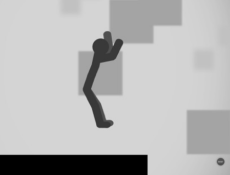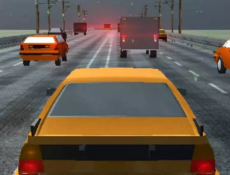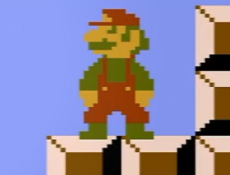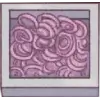In the depths of endless corridors and nondescript office spaces, players of Backrooms are thrown into a seemingly infinite maze that reflects the unsettling creepiness of an internet legend. The game harnesses a sense of disorientation and claustrophobia as players navigate through endless yellow-toned rooms and hallways, each echoing with the hum of fluorescent lights and the muffled, constant buzz that seems to come from nowhere and everywhere at once. There are no maps or clear directions, just an expansive network of rooms that challenge one’s sense of reality and direction.

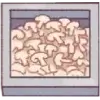
Backrooms
Advertisement
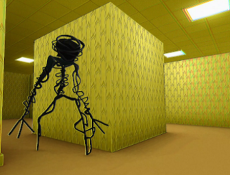
Advertisement
In the depths of endless corridors and nondescript office spaces, players of Backrooms are thrown into a seemingly infinite maze that reflects the unsettling creepiness of an internet legend. The game harnesses a sense of disorientation and claustrophobia as players navigate through endless yellow-toned rooms and hallways, each echoing with the hum of fluorescent lights and the muffled, constant buzz that seems to come from nowhere and everywhere at once. There are no maps or clear directions, just an expansive network of rooms that challenge one’s sense of reality and direction.
Exploration Under Psychological Siege
Backrooms excels in creating an immersive atmosphere of psychological tension. It uses subtle environmental changes to disturb and disorient players—walls that seem to subtly shift, distant sounds of unknown origin, and an ever-present feeling of being watched. As the game progresses, the environment itself starts to feel alive, responsive, and malevolently indifferent to the player’s presence. The absence of any visible threats amplifies the suspense, making the player’s imagination their worst enemy, conjuring threats in every shadow.
Surreal Encounters and Elusive Exits
What heightens the fear in Backrooms is not the grotesque or the overtly terrifying but the anticipation of an encounter with the unknown. The game occasionally reveals hints of otherworldly entities, always peripheral, never fully realized, enhancing the surreal quality of the game. Players may see something scurry just out of view or hear echoes that suggest they are not alone, creating a storyline that is felt rather than told. Each session in the game builds a narrative of personal terror and mystery, driven by the primal fear of being lost and the desperate hope for an exit that may not exist.














